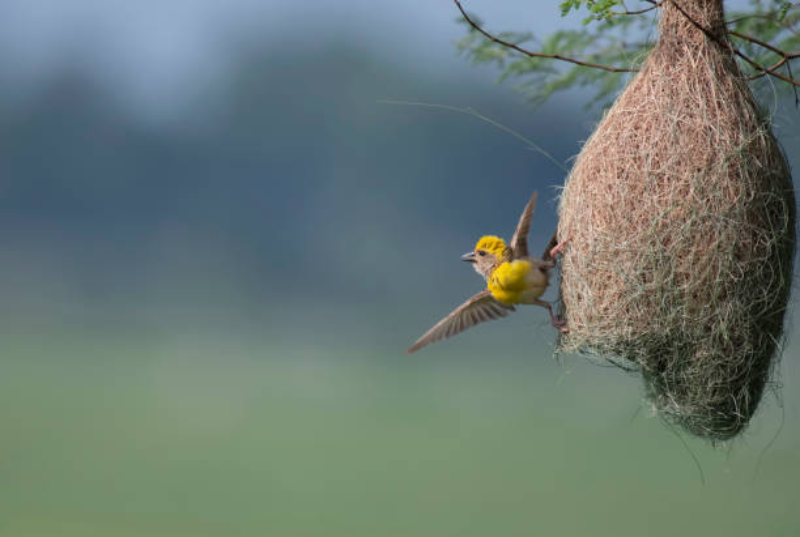According to studies, a bird’s beak size decides the material it chooses for its nest. A team from the Universities of Bristol and St. Andrews used random forest models, a form of machine learning algorithm, to extract data from bird beaks and predicted what nest materials that species might use. The researchers analyzed data on nest materials for approximately 6,000 bird species.
Unexpectedly, they found a strong correlation. Using merely beak shape and size, they were able to accurately predict the broad nest material utilization in 60% of species, in some cases reaching 97%. These findings, which looked at the ecological and evolutionary circumstances that underlie these interactions and were published in Philosophical Transactions of the Royal Society B, include a careful examination of these models. For example, these results are influenced by the fact that not all species have equal access to all forms of nest material.
We know a lot about how primate hands function, but not as much about how other animals use their limbs and mouths to control objects, according to the study’s principal author, Dr. Catherine Sheard of Bristol’s School of Earth Sciences. We are really excited to continue looking into how beak shape may have co-evolved with different aspects of nest building or other activities in light of the possible uses of our results. The study’s principal author, Dr. Shoko Sugasawa, of the University of St. Andrews, added: “Manipulating objects like nest material and food is such a crucial part of animals’ life, even though most creatures, including birds. Our discovery advances our knowledge of how animals evolved to manipulate their environment with or without hands by revealing potential linkages between the evolution of beaks and nest-building.
The team is now working on a research documenting anthropogenic nest material used by birds around the world in an effort to identify the types of birds that use materials manufactured by humans in their nests, such as plastic, wire, and cigarette butts. They are particularly looking in determining whether this might be connected to birds that live in cities. Dr. Sheard continued, “I’m also interested in how beak shape relates to other nest properties, including overall nest structure, such as whether birds build nests with walls or a roof.
Topics #Birds #Nest #Research #Science #scientist












